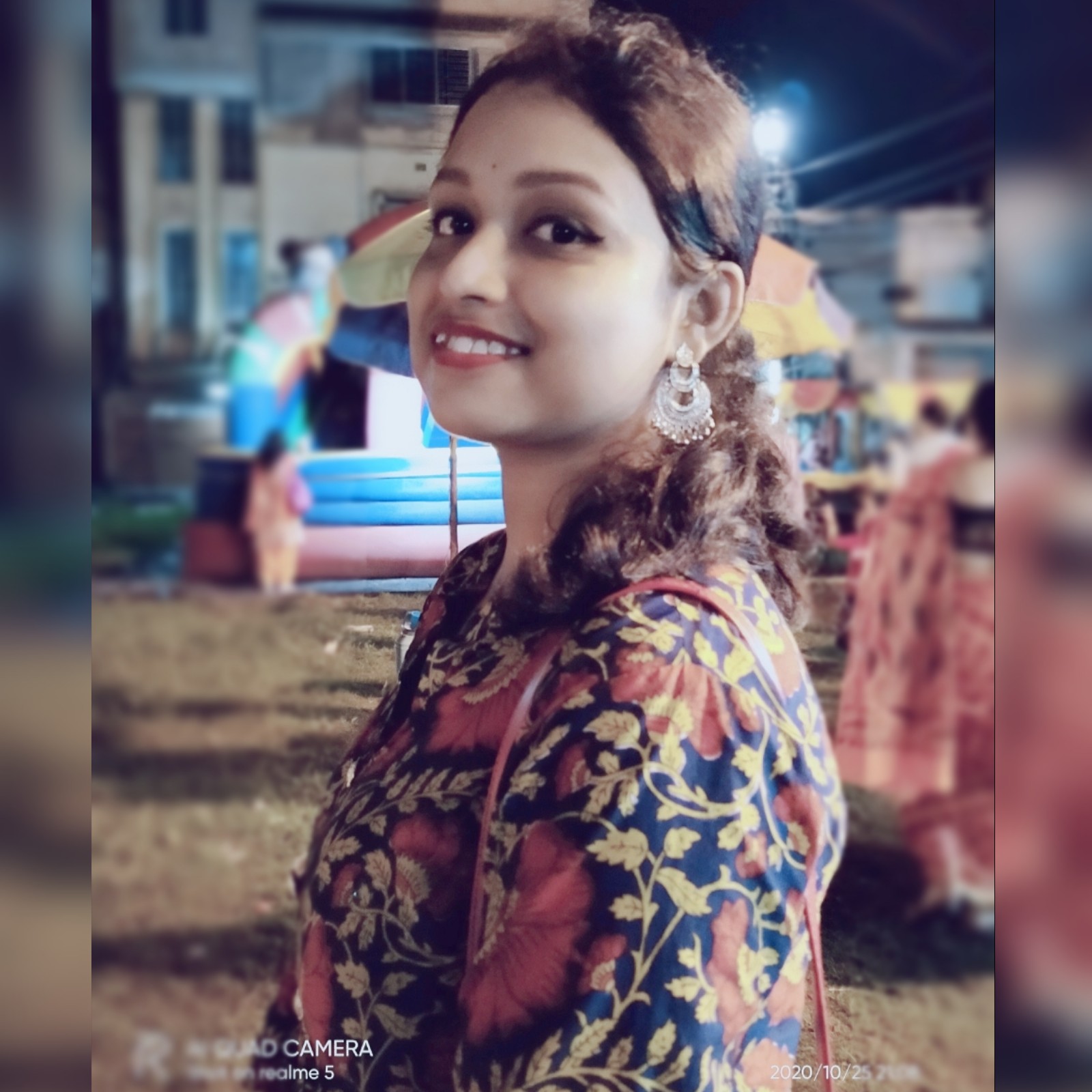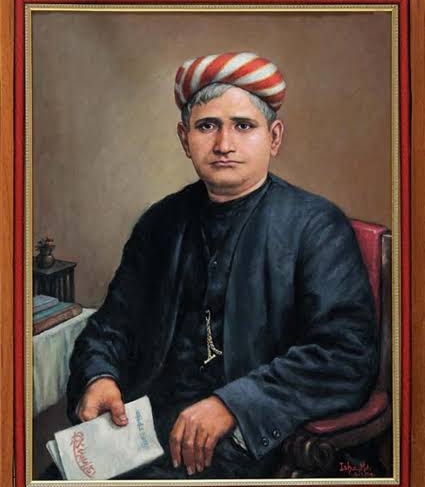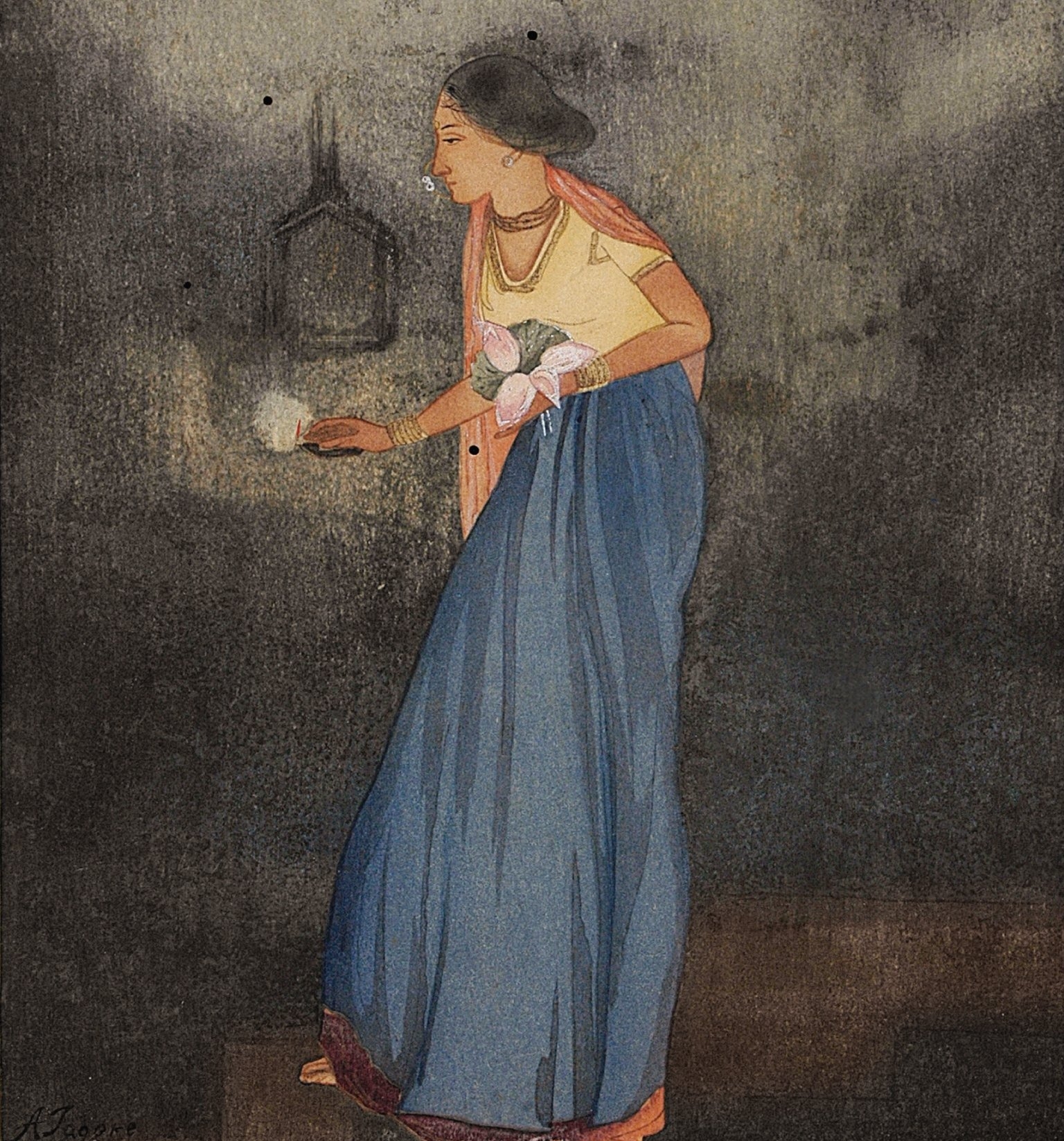Cambridge History Of English Literature tells us what the English feel about a native writer.
"Despite the spread of the knowledge of English among the educated classes of India, Indians wrote comparatively little that can be regarded as permanent additions to English literature. The adoption of English as the language of the universities had the altogether unexpected, though in every way desirable, result of revivifying the vernaculars. Stimulated by English literature and English knowledge,Bankim Chandra Chatterji,the first graduate of Calcutta University, created Bengali fiction. Under the influence of the works of Scott, he wrote successful historical novels, and followed these with novels of Indian social life.Bankim, undoubtedly, was the first creative genius who sprang from the Indian renascence brought about in the nineteenth century by the introduction of English education. But he deliberately turned his face away from all attempts to gain a reputation as an English writer."
Indian fiction in English exploded in the mid-80s. But with passage of time the Indian novel in English has become thoroughly Indian in terms of themes, techniques, National awakening.
With a process of an immense social transition of nineteenth century, India required a renewed approach to the pre modern literary cultures. In the nineteenth century, with the publications of Kylas Chandner A Journal of Forty Eight Hours, Bankim Chandra Chatterjee?s Rajmohan?s Wife (1864) and Lal Behari?s Govinda Samanta (1874), the Indian novel in English has grown. It is customary to consider 1930s to be the ?take-off? decade for the Indian novel in English?.
But the conception of the two major novels, Durgeshnandini and Kopalkundala took place, though they were to be published much later than Rajmohan's Wife, Durgeshnandini in 1865, and Kopalkundala In 1866. Meanwhile, two years ago, In 1864 when Bankimchandra wrote his first English novel, Rajmohan's wife, which was published serially In Indian Field. According to scholars? speculation the reason for this might be that Bankim was hesitant about the reception of Bengali novel with the literate Bengali society of the time.
Bankimchandra is quoted to have said to Shrishchandra Majumder that he was always more comfortable in expressing himself in the medium of English rather than in Bengali. However his first English novel, Rajmohan's Wife, was also to be his last in English, a medium he abandoned as a means of his literary expression, especially the novel. For Bankim ardently held fast to the idealism that an Indian writer's chief concern ought to be in enriching the Indian literature written in the medium of the native tongue.
Bankim abandoned his creative project in English altogether and went on to write novels and discursive prose in Bangla. Meanwhile those critics who made dismissive references to the English novel, designating as a ?false start'.
Jogesh Chandra Bagal was of the opinion :
* Bankim's literary temperament could not be satisfied with writing fiction in English...and he began writing Durgeshnandini?.
The record would be considered faulty if we fail to take a note of the importance of the twist in history, Rajmohan's Wife Bankim's first English novel, was famously discovered , recovered and restored by an extraordinary stroke of luck owing to a binder's fault. The 1864 issues of the journal, Hindu Patriot, contained a few numbers of the weekly magazine, The Indian Field, which were bound to the former Inadvertently by the binder and these issues had all but the first three chapters of Roimohon's wife. It was Brajendranath Banerjee who found the incomplete version of Rajmohan and took the initiative of re-translating the first three missing chapters from Banklmchandra?s own incomplete Bengali translation of his English novel and thus came out Rajmohan's Wife, as we know it, in 1935. This Interesting publication history behind Bankim's debut novel is fairly well-known today. As Amitrasudan Bhattacharya says in his Bankim Life ? লেখক নিজে এই উপন্যাসটি সাময়িকভাবে মুদ্রিত হাওয়ার পর আর কখনোই গ্রন্থাকারে প্রকাশ করেননি। বঙ্কিম এই উপন্যাসটি কথা পরে আর কখনো তেমনভাবে উল্লেখ করেননি । Bankim, Instead, dedicated himself wholeheartedly to the enrichment of his mother tongue, as we all know.
What we need to remember is that in the middle of the 19-century when Rajmohan was written, Mulk Raj Anand, Raja Rao and R. K. Narayan were not born yet. Naturally, therefore, we hold that Rajmohan is Banklmchandra's first signature creation, his brand identity.
It is commonly held that Durgeshnandini is Bankim's first fictional masterpiece and the last ls Rajsingha. Parmanand Srivastava in his 'Bamkimchanda and the Indian Novel' refers Durgeshnandini as Bankim's ?very first novel.? and because of this misconception (in our opinion this is certainly a misconception), a major work of Bankim such as Rajmohan has never been given any serious thought by Bankim scholars, Bengali critics and readers.
What we wish to stress here is that it is Rajmohan's Wife and certainly not Durgeshnandini with which began the Journey of the Bankim novel. Unfortunately though it is chiefly a forgotten novel, forgotten by Bankim himself and overlooked by critics and scholars largely.
In Matangini, Bankim creates a stereotype which is perpetuated in Bankim novels-from the first to the last. We get, for instance, traces of Matagini In his novel Durgeshnandini, In Bimala. Again , we discover Matangini in the last novel of Bankim, in his Nirmalakumari in Rajsingha. Again in Rajmohan's wife, Suki's mother is like Phulmani Napitani in Debi Chowdhurani. These minor characters of Bankim get his finer touch of character delineation.
The very special brand of Bankim prose with its resonance and its decorative, intricate and subtle nuances and their lingering exuberance is created for the first time by Bankim in his Rajmohan's Wife.
Minakshi Mukherjee thinks that though this novel of Bankim ?got overshadowed by the fourteen powerful novels he subsequently wrote in Bengali?, she observes , ?Yet this story of the beautiful and passionate Matangini married to the villainous Rajmohan is astonishingly rich in detail, especially in descriptions of the interiors and the quotidian routine of women's lives in an East Bengali village?
But Bankimchandra never once thought of revoking his ruthless decision of banishing Rajmohan's wife to the world of oblivion. Our gratitude for the preservation and restoration of Rajmohan's Wife must go to that unknown employee of that printing house for his fortuitous and fortunate act of binding-error which he unwittingly committed that day. It is certainly our noble duty today to make a handsome atonement for our myopic indifference towards this work of Bankim only because it is written in English.
Bankim Chandra Chattopadhyay is one of the leading names in Bengali Classical literary stage and this work ?Rajmohan?s Wife? is his only novel in English. So the complete novels of Bankimchandra do not consist of fourteen,but fifteen novels, starting with Rajmohan?s wife. I have mentioned a few number of reasons why he did not not continue writing in English. What we need today is a fresh retrospect of Rajmohan's Wife In the fresh light of the present times. Every Indian should know about this first Indian English novel and also should read this earliest specimen of Bankimchandra. If we don't read Rajmohan's Wife , we will not realize the beauty of essence of this novel.



 Create and manage your profile
Create and manage your profile Refer an author and get bonus Learn more
Refer an author and get bonus Learn more Publish any lost and found belongings
Publish any lost and found belongings Connect with the authors & add your review comments
Connect with the authors & add your review comments Join us for Free to advertise for your business or
Contact-us for more details
Join us for Free to advertise for your business or
Contact-us for more details
 Join us for Free to publish your own blogs, articles or tutorials and get your
Benefits
Join us for Free to publish your own blogs, articles or tutorials and get your
Benefits

 1 like
1 like


